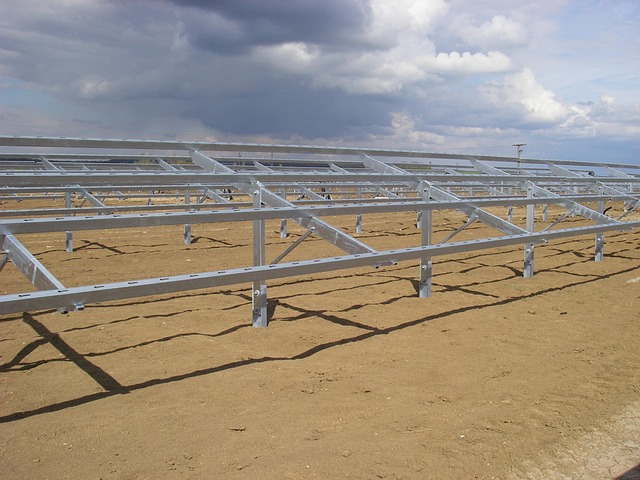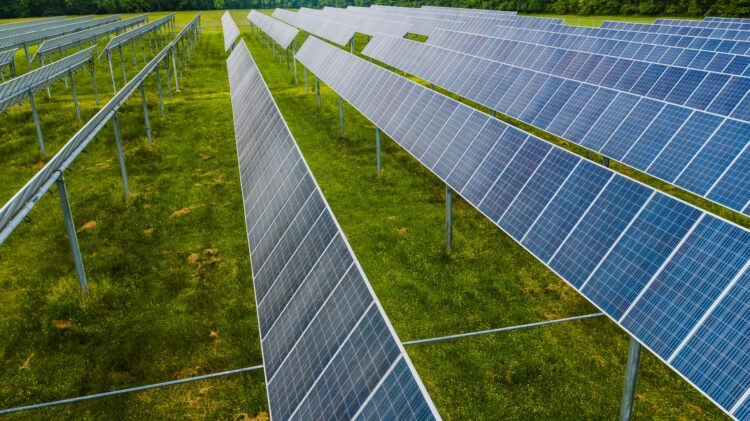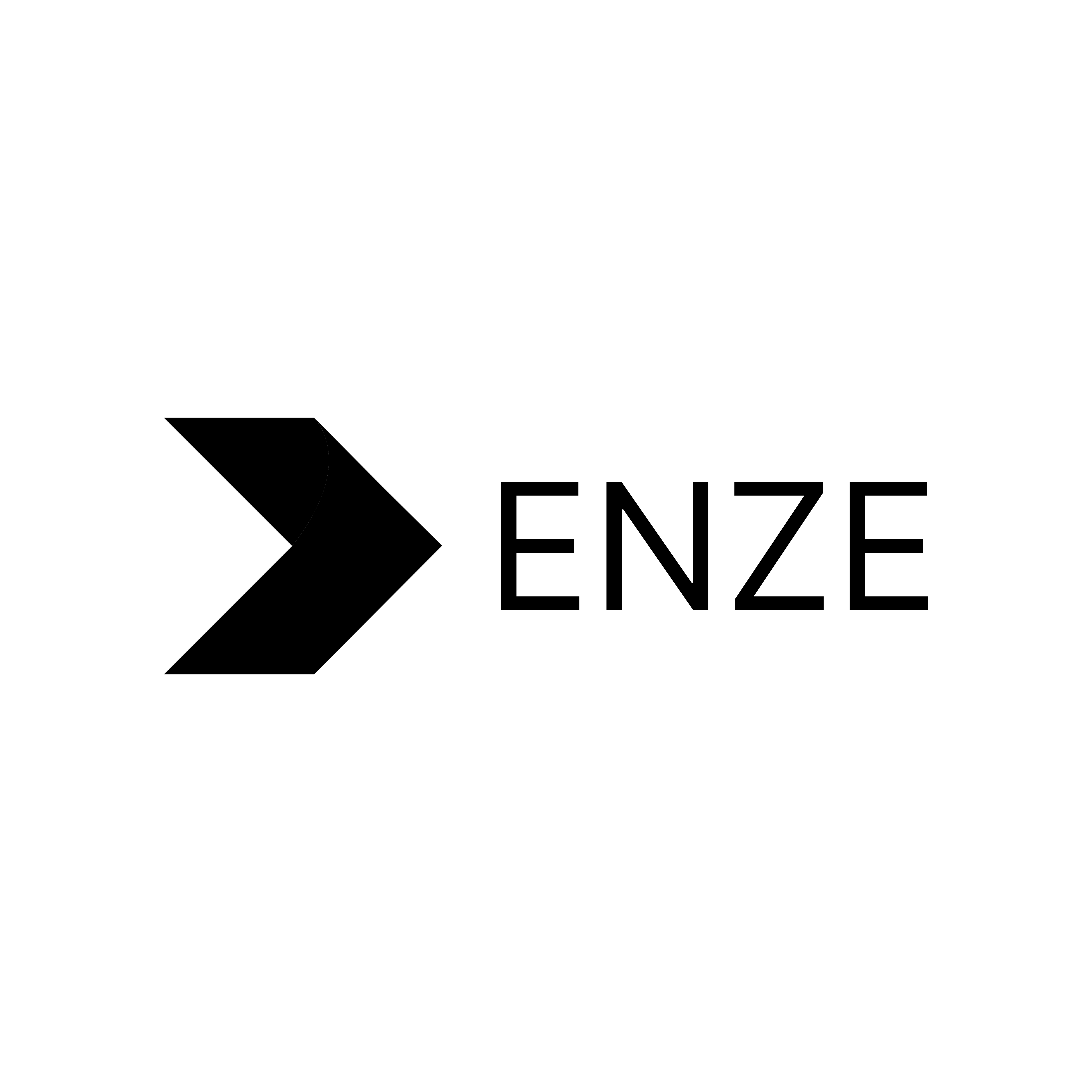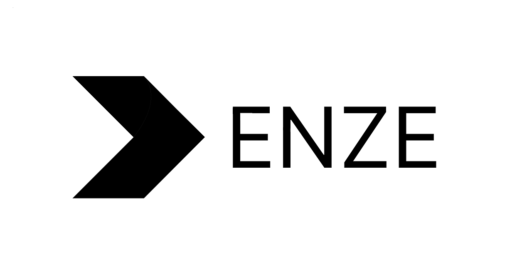Our Location
Solar tracking systems are mechanical structures that often include motorized components. Their main goal is to maximize energy capture from solar panels throughout the day. This is done by mounting photovoltaic (PV) modules on a structure that can rotate accurately to follow the sun’s path. By optimizing the angle where sunlight hits the panels, the tracking system can significantly increase energy production.
Trackers use advanced sensors and processors to maximize sunlight capture and are equipped with algorithms that enable real-time solar tracking. In this blog, we will show different types of solar tracking systems, along with their advantages and disadvantages.

Table of Contents
ToggleA solar tracker is a device that places solar panels to track the sun’s path across the sky. By tracking the sun, solar equipment can absorb more sunlight throughout the day, contributing to increased solar power generation.
Solar trackers tilt on one or two axes to remain aligned with the sun as light conditions fluctuate due to weather and seasonal changes.
To optimize electricity generation, solar panels should be oriented directly towards the sun. The solar panels’ efficiency in turning sunlight into electricity is greatly affected by the angle at which sunlight hits their surface, known as the “angle of incidence.”
A smaller angle of incidence increases the energy output of photovoltaic panels. To optimize this angle, solar trackers are used. They position the panels so that sunlight strikes them at a right angle.
Solar panel tracking systems function on a simple yet effective principle. They ensure that the solar panels are oriented perpendicularly to the sun’s rays, maximizing energy generation.
This is accomplished by installing photovoltaic modules on a movable structure that can rotate to follow the sun’s path throughout the day. The closer the angle of incidence is near 90 degrees, the higher the electricity output of the panels.
To ensure precise tracking and optimal sunlight collection, solar trackers use advanced sensors and processors. These systems are designed with algorithms that enable real-time adjustments throughout the day, ensuring the panels are always placed for maximum exposure to sunlight.
Solar tracking systems are categorized into two main types based on their movement: single-axis trackers and dual-axis trackers.
Single-axis trackers allow solar panels to pivot along a single axis, typically oriented from north to south. This design enables the panels to follow the sun’s movement from east to west, maximizing energy capture throughout the day. By employing this technology, you can enhance the performance of your solar energy system without the need to install additional panels.
While the initial investment and ongoing maintenance of single-axis solar trackers can be substantial, the increase in efficiency they offer often makes these costs worthwhile over time. For optimal performance, it’s recommended to install these systems on flat terrain in areas with warm, dry conditions. Single-axis solar tracking can boost power output by 25% to 35%.
Dual-axis trackers enable solar panels to move along two axes—north-south and east-west. This advanced system is designed to maximize solar energy collection throughout the year by utilizing algorithms. Its sensors monitor the seasonal changes in the sun’s elevation and its daily movement.
Although dual-axis trackers have potential benefits, they are not widely used in solar installations, even in large utility-scale projects. However, these trackers can be especially advantageous for certain commercial properties, as they have the capacity to generate 40% to 45% more energy compared to standard fixed panels. This increase in energy output makes them an appealing option for businesses with limited rooftop space for solar installations.
But utility-scale projects typically do not require dual-axis systems, as they are usually located on large plots of land that do not have the same space restrictions as commercial rooftops. Nevertheless, utility-scale projects don’t require dual-axis systems, as they are commonly situated on expansive plots of land that don’t face the same space limitations as commercial rooftops.
Single-axis and dual-axis solar tracking systems each have unique strengths and weaknesses for maximizing solar panel productivity.
Single axis trackers
Advantages
Disadvantages
Dual axis trackers
Advantages
Disadvantages

Solar trackers typically are not worth the investment for most residential installations because they increase the system’s upfront costs and may require generating more energy to justify that expense. However, solar trackers can provide significant value for commercial projects. The benefits of using solar trackers become more evident in large-scale commercial buildings, where energy demands are considerably higher. By precisely positioning the panels, solar trackers can enhance efficiency and lead to substantial energy production, helping to offset the initial investment costs over time.
In conclusion, the primary purpose of a solar tracking system is to optimize the positioning of solar panels, thereby maximizing their exposure to sunlight and enhancing energy production. By continuously tracking the sun’s movement, these systems ensure that solar panels are always aligned for optimal performance. Although they involve higher costs and maintenance requirements, solar tracking systems offer substantial benefits, including increased energy output and improved overall system efficiency.
Because the need for renewable energy continues to rise, the significance of solar tracking systems will also grow. The choice between single-axis and dual-axis trackers depends on the specific needs of each project. Advances in technology are expected to enhance their cost-effectiveness and accessibility.

